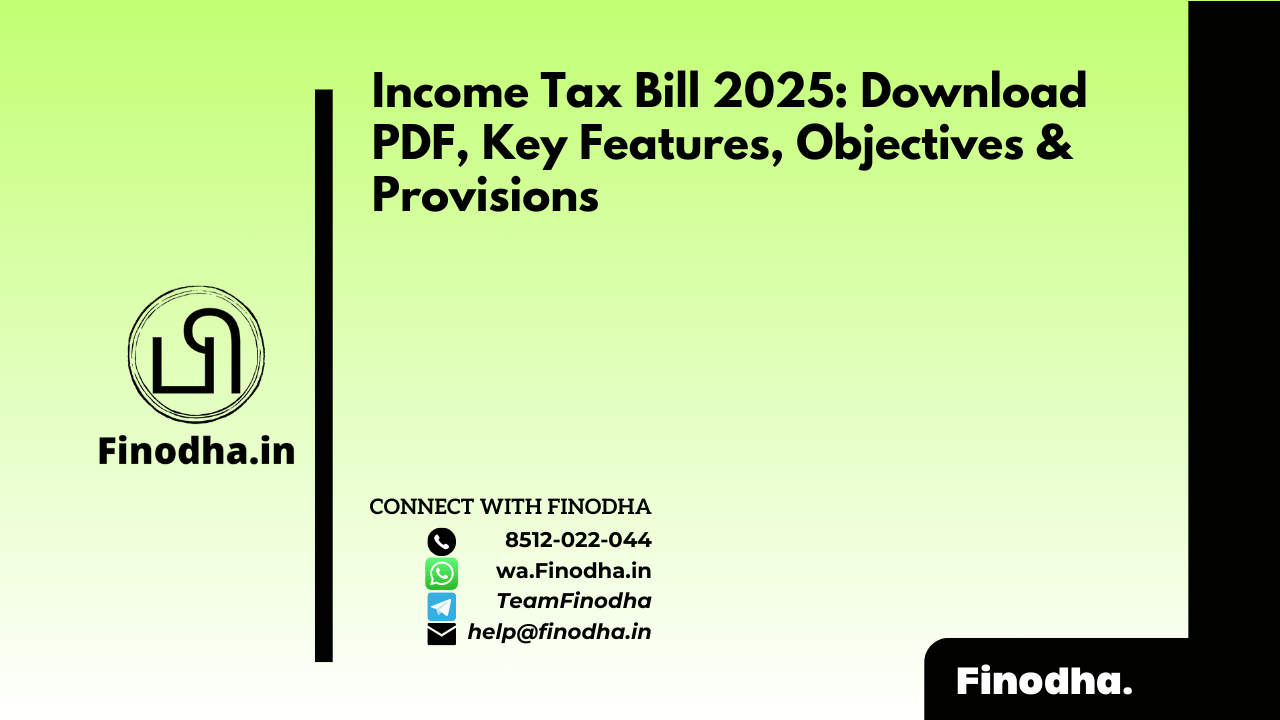Important Keyword: E-Verify, Income Tax Compliance, Expenditure.
Table of Contents
Tax Liability on Expenditure
In the intricate world of income tax, expenditures serve as vital clues to an individual’s lifestyle and spending habits. From family celebrations to international travels and fine dining experiences, these expenses reflect how one utilizes their income. It’s imperative for taxpayers engaging in significant expenditures to provide their PANs for these transactions, as some expenses are also reported through AIR or SFT.
Notifications from the Income Tax Department (ITD), whether via SMS, call, or email, often signal potential verification issues in Income Tax Returns (ITRs). These notifications typically arise for three main reasons:
- Non-filing of ITR: If a taxpayer fails to file their ITR for a given assessment year, especially when there’s a potential tax liability pending, notifications may ensue.
- Discrepancies in Information: Mismatched details provided by taxpayers and received by the ITD for a specific assessment year can lead to verification inquiries.
- Significant Transactions: Unusual transactions reported to the ITD during a fiscal year, which deviate from the taxpayer’s typical profile, may prompt verification queries.
Taxpayers facing verification issues must respond promptly by submitting their responses online through the compliance portal. This ensures compliance with tax regulations and helps mitigate potential tax liabilities.
Understanding the significance of expenditures and promptly addressing verification issues raised by the ITD is essential for taxpayers to navigate the complexities of income tax filing and ensure a smooth compliance process. By staying informed and proactive, taxpayers can effectively manage their tax obligations and maintain financial integrity.
Verification issue in the computation of tax liability from Expenditure
| Code | Description | Response |
| A1 | Correct Information Value | Amount + Remarks |
| A2 | Out of earlier income or savings | Amount + Remarks |
| A3 | Out of receipts exempt from tax | Exempt income-wise list |
| A4 | Received from identifiable persons (without PAN) | PAN wise list |
| A5 | Received from identifiable persons (without PAN) | Person wise list |
| A6 | Received from un-identifiable persons | Nature of transaction wise list |
| A7 | Others | Amount + Remarks |
| A8 | Unexplained amount | A1- (A2+A3+A4+A5+A6+A7) |
A1 – Total Investment Amount:
This section requires the taxpayer to provide the total amount paid for property purchase, inclusive of expenses like stamp duty. In cases of co-ownership, the taxpayer should specify their share of investment and provide details of other co-owners, including their names, PANs, and respective shares in the property, in the remarks section.
A2 – Investment from Previous Income or Savings:
If any part of the investment or expenditure is sourced from previous income or savings, it should be disclosed here along with the corresponding amount. Remarks explaining the source of funds are also necessary.
A3 – Investment from Tax-Exempt Receipts:
Taxpayers must select the relevant exemption from the dropdown list for investments made from tax-exempt receipts. The available exemptions include interest income under section 10, dividend income under section 10(34), long-term capital gains on shares under section 10(38), agricultural income under section 10(1), share in the total income of firm/AOP under section 10(2A), income not taxable in India, and others. Additional rows will be displayed based on the selected option, requiring further details.

A4 – Receipts from Identifiable Persons (with PAN):
Any amount received from an identifiable person with a valid PAN should be detailed in this section. The table includes transaction types such as sales, loan received, loan repayment, gift received, donation received, and other receipts. The mode of transaction (cash or non-cash) should also be specified. Suitable remarks must be provided.

A5 – Receipts from Identifiable Persons (without PAN):
Amounts received from identifiable persons without a PAN should be recorded in this section. Details of the transaction should be provided in the table format as per the instructions.

A6 – Receipts from Unidentifiable Persons:
If any amount is received from an unidentifiable person, the details should be documented in this section according to the provided table format.

A7 – Other Receipts:
Any amounts not covered in the above categories should be reported here. Appropriate remarks are required to provide additional context.
A8 – Unexplained Amount:
This section computes the total unexplained amount by subtracting the sum of A2 to A7 from A1. It represents the portion of the total investment for which no explanation has been provided.
Read More: Compliance Portal: Tax liability from Investment in Securities
Web Stories: Compliance Portal: Tax liability from Investment in Securities
Official Income Tax Return filing website: https://incometaxindia.gov.in/




